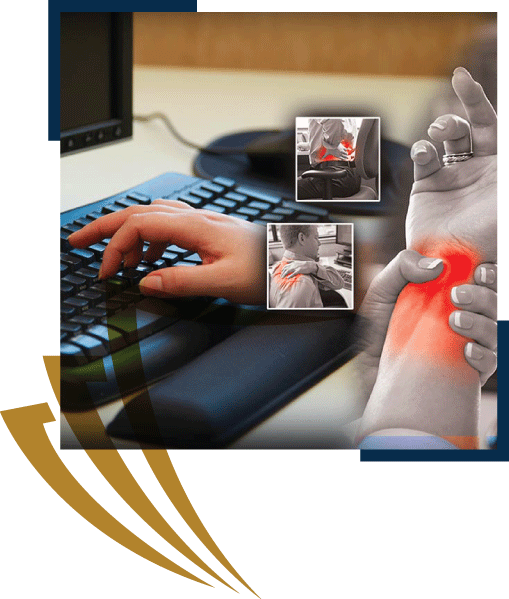
The purpose of this 3-day course is to provide participants with required knowledge and skills to enable them to identify symptoms and causes of work-related upper limbs disorders. Throughout the course, participants would be able to achieve a better understanding of office ergonomic setup and be able to evaluate and adjust their own workstations accordingly.
Each candidate using a checklist provided by the trainer would carry out a practical application of workstation evaluation.
Completed checklists in addition to completed multiple-choice questions would be assessed to verify competence.
By the end of this training program, participants would be able to:
The course will cover the following topics:
Causes of RSIs
Stages of Pain
Symptoms of RSIs
Risk Factors
Psychological
Environment
Sitting practices
Monitor
Ergonomic Accessories
Job Design
Workstation evaluation and setup